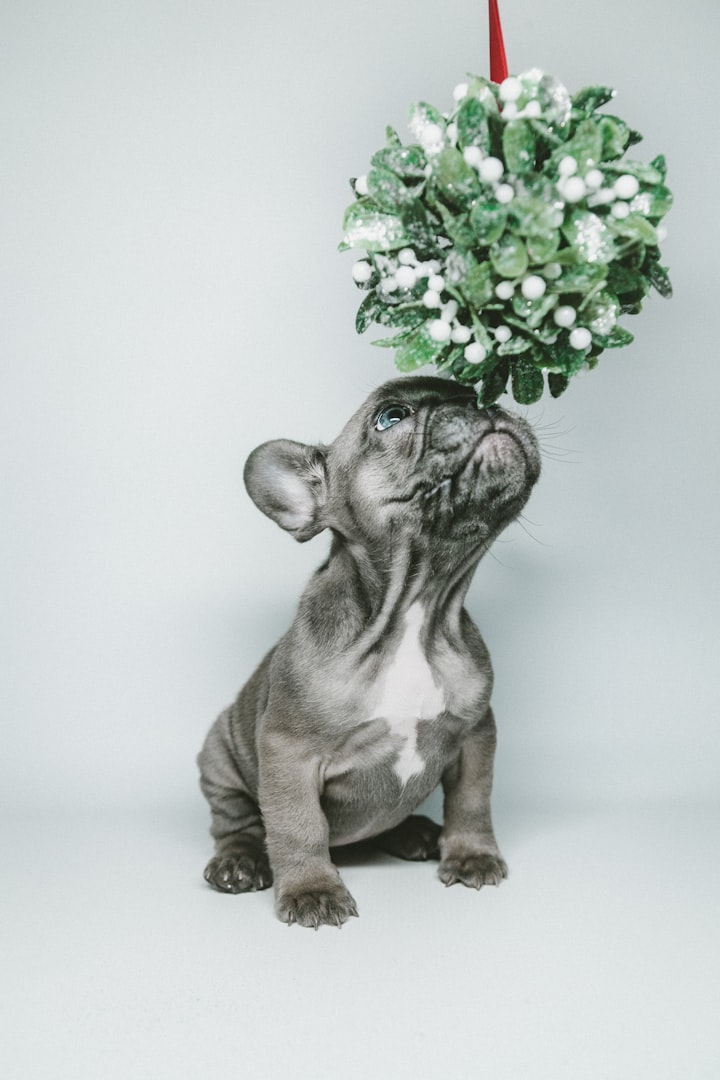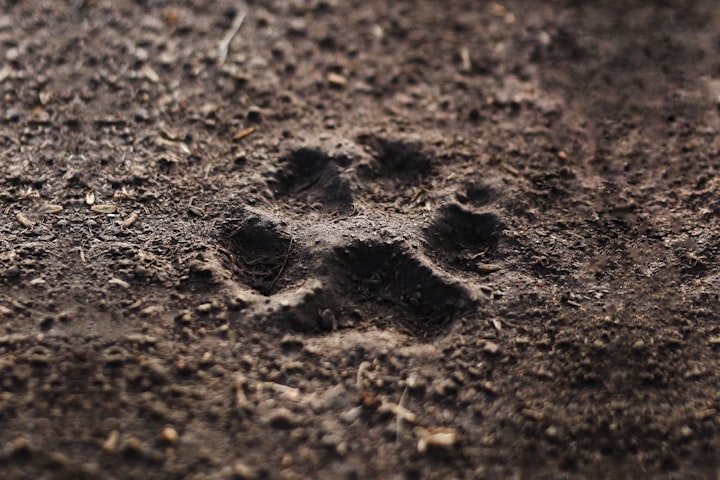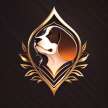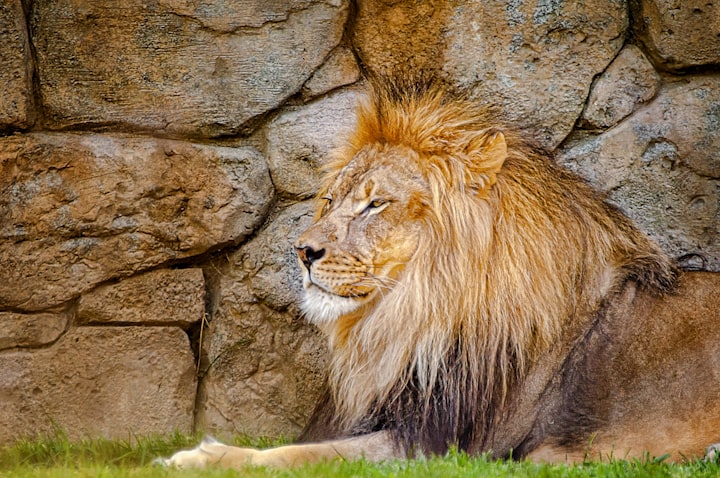
A dog's paw is a fascinating and intricate part of their anatomy. It plays a vital role in their daily activities, allowing them to walk, run, dig, and interact with the world around them. In this comprehensive guide, we will delve into the anatomy of a canine paw, exploring its various components and their functions. Understanding the intricacies of your dog's paw structure will not only deepen your appreciation for their remarkable design but also help you identify and address potential paw-related issues. Let's begin our journey into the world of canine paw anatomy.
I. The Paw Pads: The Unsung Heroes of Canine Feet

A dog's paw pads are remarkable structures that play a crucial role in their daily activities. Located on the underside of their paws, these thick and cushioned pads are designed to provide numerous benefits, including shock absorption, insulation, and traction. Let's dive deeper into the world of paw pads and explore the different types and their unique characteristics.
1. Types of Paw Pads:
There are typically four primary types of paw pads found in dogs:
a. Digital Pads: These are the large, central pads that are directly under each toe. They act as the primary weight-bearing pads and provide stability and shock absorption when walking or running.
b. Metacarpal/Metatarsal Pads: Situated higher up on the front and back paws, these pads are located just behind the digital pads. They offer additional support and cushioning.
c. Carpal/Tarsal Pads: Found on the front and back legs, above the metacarpal/metatarsal pads, these pads aid in shock absorption when the dog lands after a jump or fall.
d. Dewclaw Pads: If your dog has dewclaws (the fifth toe higher up on the leg), they may also have corresponding dewclaw pads. Although these pads are smaller and less weight-bearing, they still contribute to traction and stability.
2. Characteristics and Functions:
Each type of paw pad has its own unique characteristics and functions that contribute to a dog's overall mobility and well-being:
a. Texture: Paw pads possess a specialized texture that enhances traction and prevents slipping. This is particularly important for dogs navigating various terrains or engaging in activities like running, turning, or stopping abruptly.
b. Thickness: Paw pads have a thick layer of fatty tissue, which acts as a shock absorber, protecting the bones and joints from the impact of each step. The thickness of the pads varies depending on the breed, with some dogs having thicker pads for added protection.
c. Insulation: Paw pads help regulate a dog's body temperature. They provide insulation against extreme temperatures, whether it's the scorching heat of summer or the freezing cold of winter, allowing dogs to walk comfortably on different surfaces.
d. Moisture Resistance: The surface of paw pads is covered with a unique layer of skin that is resistant to moisture. This helps prevent water, ice, or snow from accumulating between the pads, maintaining better grip and preventing discomfort.
e. Sensory Receptors: Paw pads contain numerous nerve endings that provide dogs with sensory information about their environment. These receptors play a role in their ability to perceive textures, vibrations, and changes in temperature.
Understanding the importance of paw pads and their specific functions can help pet owners appreciate the incredible design of their dog's paws. It also highlights the significance of maintaining healthy paw pads through regular inspection, proper hygiene, and addressing any issues promptly.
Remember, the next time you witness your dog confidently navigating different terrains or joyfully playing fetch, take a moment to acknowledge the unsung heroes supporting their every step—the remarkable paw pads.
II. The Dewclaw: A Closer Look at the Enigmatic Extra Digit

If you've ever observed a dog's leg closely, you may have noticed a small, often raised, digit higher up on their leg. This is known as the dewclaw, and it has intrigued dog enthusiasts and veterinarians alike. In this section, we will delve into the purpose of the dewclaw, explore the variations in its presence among different breeds, and discuss the considerations surrounding dewclaw removal.
1. The Purpose of the Dewclaw:
The dewclaw is considered a vestigial digit, similar to a thumb in humans. While it no longer serves its original purpose, which was to aid in gripping or climbing, the dewclaw can still have functional significance for dogs. Some potential purposes of the dewclaw include:
- Increased Grip: In certain situations, such as when dogs are running or making quick turns, the dewclaw can provide additional traction and stability.
- Grasping Objects: Some dogs with well-developed dewclaws may use them to hold onto objects, toys, or bones.
- Balance and Jumping: The dewclaw can contribute to a dog's balance and jumping ability, especially when they need to make precise movements or navigate uneven terrain.
2. Variations in Dewclaw Presence:
The presence of dewclaws can vary among different dog breeds and even among individuals within the same breed. There are three main variations:
- Single Dewclaw: Some breeds typically have a single dewclaw on their front legs, while their hind legs do not possess dewclaws.
- Double Dewclaws: Certain breeds, such as the Great Pyrenees and Briard, are known for having double dewclaws on their hind legs in addition to the single dewclaws on their front legs.
- No Dewclaws: There are breeds where the dewclaws are considered undesirable or have been selectively bred out. In these cases, the dogs are born without dewclaws or undergo dewclaw removal at an early age.
3. Considerations for Dewclaw Removal:
Dewclaw removal, also known as onychectomy, is a surgical procedure that involves the amputation of the dewclaw. It is typically done shortly after birth or during spaying/neutering. Here are some considerations regarding dewclaw removal:
- Potential Risks: Dewclaw removal is a surgical procedure and carries risks associated with anesthesia, infection, and post-operative pain. It is essential to consult with a veterinarian and carefully weigh the risks and benefits before opting for dewclaw removal.
- Breed Standards: Some breed standards require dewclaw removal for specific breeds, particularly those where double dewclaws are considered undesirable. If you plan to show your dog or participate in certain competitions, it's important to be aware of the breed standards and regulations.
- Individual Circumstances: Every dog is unique, and the decision to remove or retain the dewclaw should be based on individual factors such as breed, lifestyle, and potential risks associated with dewclaw injuries.
In conclusion, the dewclaw may be a small and sometimes enigmatic digit, but it can serve various purposes for dogs. Whether it contributes to balance, provides additional grip, or simply adds to their overall charm, understanding the dewclaw's role allows us to appreciate the intricacies of canine anatomy. If you are considering dewclaw removal, ensure you make an informed decision in consultation with a trusted veterinarian, taking into account the specific needs and circumstances of your furry companion.
III. The Nails: Essential Care for Your Dog's Paws

Nails, also known as claws, play a crucial role in a dog's paw anatomy. They provide traction, assist in digging, and serve as an essential tool for self-defense. Understanding the structure and growth process of your dog's nails is key to maintaining their overall paw health. In this section, we will explore the anatomy of nails, discuss their growth process, emphasize the importance of regular nail trimming, and provide tips for proper nail care to prevent discomfort and complications.
1. Nail Anatomy:
A dog's nail consists of several components:
- Nail Bed: The nail bed is the tissue beneath the nail where blood vessels and nerves are housed.
- Quick: The quick is a sensitive part of the nail that contains blood vessels and nerve endings. It extends from the nail bed into the nail itself.
- Claw Sheath: The hard, outer covering of the nail is known as the claw sheath. It protects the underlying structures and provides strength and structure to the nail.
2. Growth Process:
Understanding the growth process of dog nails is crucial for proper nail care. Nails grow from the base of the nail bed outward, with new cells being added at the base. The rate of growth varies between individuals and breeds. Factors such as age, activity level, and diet can also influence nail growth.
3. Importance of Regular Nail Trimming:
Regular nail trimming is essential for several reasons:
- Comfort and Mobility: Overgrown nails can cause discomfort and pain for your dog, as they can press against the paw pad or curl and dig into the paw. Properly trimmed nails ensure comfortable mobility.
- Preventing Injury: Long nails are more prone to breakage or splitting, which can be painful and lead to infection. Additionally, excessively long nails can get caught in carpets, furniture, or other objects, causing injury.
- Maintaining Proper Gait: When nails are too long, they can alter a dog's gait, leading to joint and posture issues over time. Proper nail length promotes a healthy and balanced gait.
4. Tips for Proper Nail Care:
Here are some tips to help you care for your dog's nails:
- Regular Trimming: Trim your dog's nails regularly to maintain an appropriate length. Be cautious not to cut into the quick, as it can cause bleeding and discomfort. If unsure, consult a veterinarian or a professional groomer for guidance.
- Gradual Shortening: If your dog's nails are overgrown, gradually trim them over multiple sessions to avoid cutting too much at once and causing bleeding or stress.
- Positive Reinforcement: Make nail trimming a positive experience for your dog. Use treats, praise, and gentle handling to help them associate nail care with positive rewards.
- Nail Grinding: Consider using a nail grinder to gradually and safely shorten your dog's nails. It can be a less stressful alternative for dogs who are sensitive to clippers.
- Regular Inspection: Regularly inspect your dog's nails, looking for signs of overgrowth, splitting, or damage. Also, keep an eye on the dewclaws, as they may require additional attention due to their location.
Proper nail care is vital for the overall well-being and comfort of your dog. By understanding the anatomy of nails, the growth process, and the importance of regular maintenance, you can help prevent discomfort, injury, and complications associated with neglected nails. Remember, if you're unsure about nail trimming or encounter difficulties, consult a professional groomer or veterinarian for assistance.
About the Creator
Caninepaw
Welcome to Canine Connection Blog, where we bring together a community of dog lovers






Comments
There are no comments for this story
Be the first to respond and start the conversation.